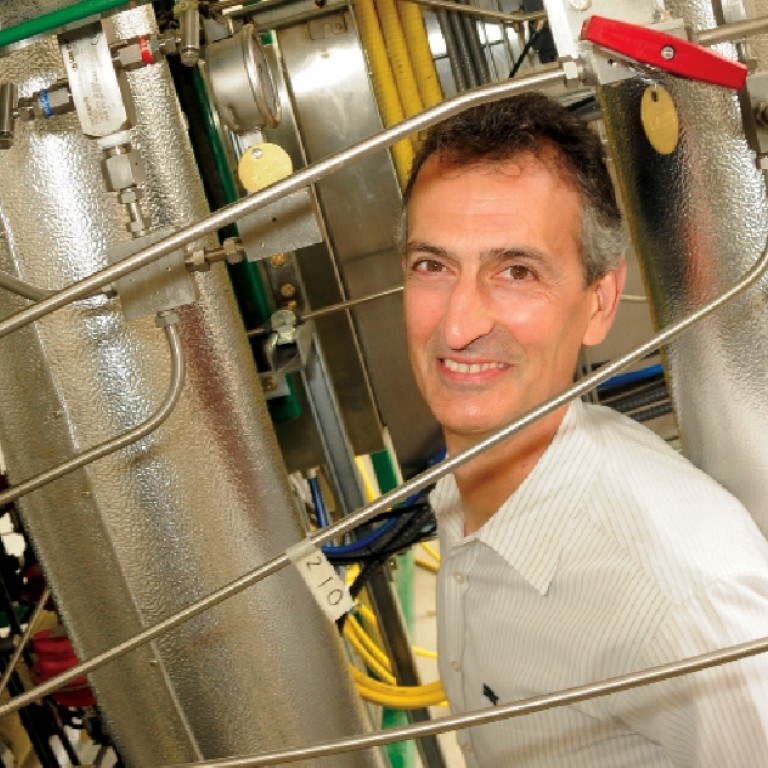
Canadian start-up uses alternatives to petrol to make common chemical
Commercial production begins with process of converting agricultural waste to make glycols, which are used in plastics
A Vancouver biochemical start-up that developed a process that uses wood and agricultural waste instead of petrochemicals to make glycols, a basic building block for a wide range of products, is now in commercial production.
S2G BioChemicals Inc. began a pilot project in 2012 at the University of BC to test the process, and recently produced its first commercial-scale batch at a chemical plant in the US.
Earlier this month, it produced 90 tonnes of glycols from agricultural waste and has sold it to an undisclosed partner, a chemical company that makes a range of consumer products.
“We have taken the work we’ve done in our pilot plant over the last number of years…and we’ve taken those learnings and gone to full commercial production,” said S2G Biochem CEO Mark Kirby.
An engineer by training Kirby co-founded the company in 2009. The process he acquired uses the hemicellulose in wood or agricultural waste to make sugars that are then turned into glycols.
Glycols, which are currently fossil fuel based, are used to make polyester, plastics, antifreeze and a variety of other compounds.
In S2G’s case, the batch of glycols it recently produced in the US state of Tennessee has been sold to a chemical company that plans to use them to make resins.
“Future applications would be everything from personal care products (cosmetics) to airplane deicing fluids to plastic precursors,” Kirby said. “There’s a wide range of potential applications for these.”
To make its first commercial batch, the company leased a chemical plant owned by Pennakem LLC in Tennessee. Eventually, S2G and its partners plan to build US$19.3 million dedicated plant, followed by a second phase with a US$77.3 million capital cost.
“The funding for that will come from our strategic partners,” Kirby said.
“We’ve been working for a number of years with a Fortune 100 partner that likes what we’re doing and we are currently in negotiations with them on the details of the commercialisation.”
Even with low oil prices, Kirby said the biochemical glycols his company is producing are still cost competitive with petrochemicals.
The new process could add a new link in the value-added chain for the forestry sector.
“In this particular case, we are using a residue from the (agricultural) industry, but we think in our first commercial plant we would probably use byproducts from the forest industry as our primary feedstock.
“Given the availability of wood and wood slash, it does make a lot of sense to use wood as a primary feedstock,” Kirby said.

